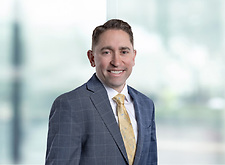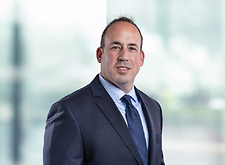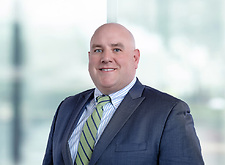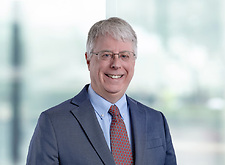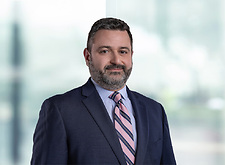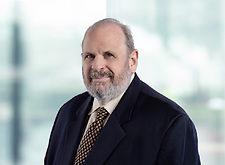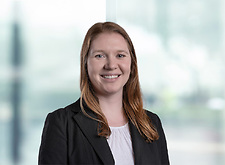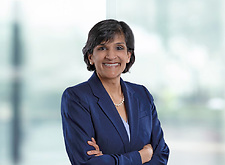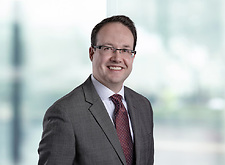Removing a Major Roadblock, the PSC Modifies “Separate Site” Requirement for VDER Eligibility
Among the goals of the solar industry and regulators alike has been the efficient use of land and a streamlined approval process, minimizing the loss of agricultural property and reducing the magnitude of and time for zoning reviews. Progress on both accounts occurred on April 15, 2021, when the New York State Public Service Commission (“PSC”) issued its Order Modifying the Separate Site Requirements (“Order”) revising the “separate site” requirements for determining whether two or more projects are sufficiently separate and distinct to satisfy the 5 MW capacity limit under the Value of Distributed Energy Resources (“VDER”) tariffs. Under the Order, which went into effect immediately, projects can satisfy the separate site requirement if they have separate deeds or unique Section-Block-Lot (“SBL”) or Borough-Block-Lot (“BBL”) numbers, separate leases, and separate metes and bounds descriptions recorded via a separate memorandum of lease. The result will be less land lost to meet setbacks and other zoning requirements, and reduced review time and expense by eliminating potential subdivision or variance requirements.
Value Stack compensation is limited to solar projects less than 5 MW. The PSC employs a three-factor test to determine whether solar projects meet the 5 MW limit: (1) each facility must be separately metered and interconnected to the utility grid; (2) each facility must be operationally independent; and (3) each facility must be located on a “separate site.” One developer sought clarification on what constitutes a “separate site” after it received conflicting advice from Niagara Mohawk Power Corporation d/b/a National Grid (“National Grid”). At first, National Grid stated that the requirements were satisfied if the project had its own lease, including a metes and bounds description and a unique SBL number. They later admitted a misinterpretation of the three-factor test and advised the developer that each project would now require a separate deed. National Grid acknowledged the situation and the PSC noted that “utilities have been applying the ‘separate site’ factor in different ways, and at times have provided conflicting information to developers.” In its petition, the developer argued that requiring separate deeds provides no real benefit to ratepayers, while imposing significant hardship by creating delays in construction and financing, adding carrying costs for the redesign of solar projects, and the potential loss of the investment tax credit.
The PSC agreed with the developer, recognizing that the formal subdivision process entails significant risk and delay, and noting that projects were sited with leases that “are not coterminous with the underlying deeded property in order to preserve agricultural, residential, and other uses outside the solar energy production.” Thus, going forward, a developer can satisfy the separate site requirement by obtaining its own SBL or BBL numbers and a metes and bounds description that is included in either a deed or in a memorandum of lease. While the separate site requirement remains intact, this modification will reduce the time and cost of project development and promote the continued growth of a robust renewable energy market across the State.
Hodgson Russ Insights: Obtaining a separate SBL requires working with the local assessor and/or county real property tax director, it is not an automatic action. In the case of properties with an agricultural exemption, working with the assessor is also important to limit the loss of the agricultural exemption – and thus avoiding a larger-than-necessary agricultural exemption rollback penalty. To avoid excess penalties, or to comply with financing requirements related to mortgages already on the property or for the solar system, subdivision may be the best path.
Hodgson Russ was pleased to submit this petition on behalf of the developer, and if you have questions about the separate site requirements, obtaining a separate SBL number, or real estate or financing questions, contact Daniel Spitzer (716.848.1420), Mila Buckner (646.218.7658), or a member of Renewable Energy Practice.
Featured
- Partner
- Partner
- Partner
- Associate
- Partner
- Partner
- Partner
- Partner
- Partner
- Senior Associate
- Partner
- Partner
- Co-Chair of the Firm, Partner
- Partner

